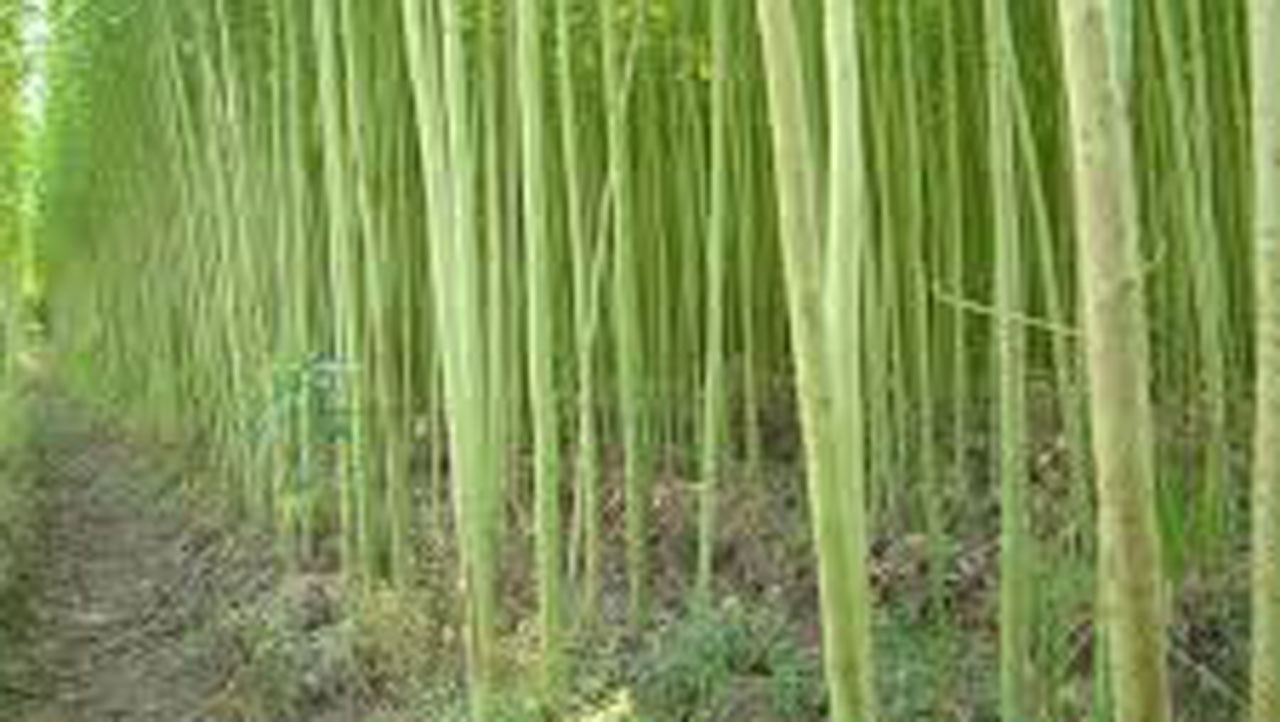Kenaf production rises in Katsina, farmers give reasons
Irrigation farmers at Mashigi dam in Kankara LGA of Katsina State are exploiting the fortunes in ‘rama’ (kenaf or jute) production in which they are realising huge returns all year round. In the past, around the 60s, 70s and early 80s, kenaf was produced mainly for its fibre which was processed to make sacks for […]

Irrigation farmers at Mashigi dam in Kankara LGA of Katsina State are exploiting the fortunes in ‘rama’ (kenaf or jute) production in which they are realising huge returns all year round.
In the past, around the 60s, 70s and early 80s, kenaf was produced mainly for its fibre which was processed to make sacks for agricultural produce.
Nowadays, women and children from different towns and villages in the state go to Mashigi dam in contingents to buy kenaf leaves which they cook and sell as salad for people’s consumption.
Mallam Adamu Sani, chairman of Furya irrigation farmers, said most farmers in the area rely on kenaf, onion and corn production, unlike those in other areas who produce potato, wheat, cabbage and tomato.
“We specialise in the production of kenaf, onion and corn. Only a few of us produce other crops. Our customers are always sure of supply from our end hence we have them from different parts of the state.”
He added that when the demand was high, a bag of fresh kenaf leaves was sold at between N3000 and N3500, adding that on an acre one could harvest 10 bags of the leaves weekly all year round provided there is water and fertiliser.
“Every week, a kenaf farmer has N35,000 in revenue from an acre and considering its low cost of production, we prefer it to investing hugely in tomato production with a high risk of loss,” Adamu Sani said.
Another farmer, Abdullahi Lawal, said beside kenaf, they also produce corn on a large scale which is bought to be boiled or roasted as snacks.
“Corn is also another source of income. We plant it in March and harvest it at the end of May before it dries up. The produce is eaten as a snack after it is either cooked or roasted,” he also said.
He added that instead of selling the produce per bag they were selling it at the rate of N30 to N50 for each head depending on size.
“Like in every other business, a farmer needs to think beyond following the bandwagon so that he can queue on a value chain of crops not popular in his area, taking into cognizance the cost of its production and risks involved.
“Our major challenge now is the banditry bedevilling our area which has forced many of our buyers to avoid our farms,” Abdullahi Lawal said.
This reporter observed that only a few farmers at Mashigi dam produce tomato and wheat; as at the time of the visit, the tomato farmers were battling with the dreaded Tuta absoluta pest. The popular Tihan pesticide that mitigates it is no longer in the market, they resorted to trial and error with new pesticides hence some of the farmers lost virtually everything in their investments.
